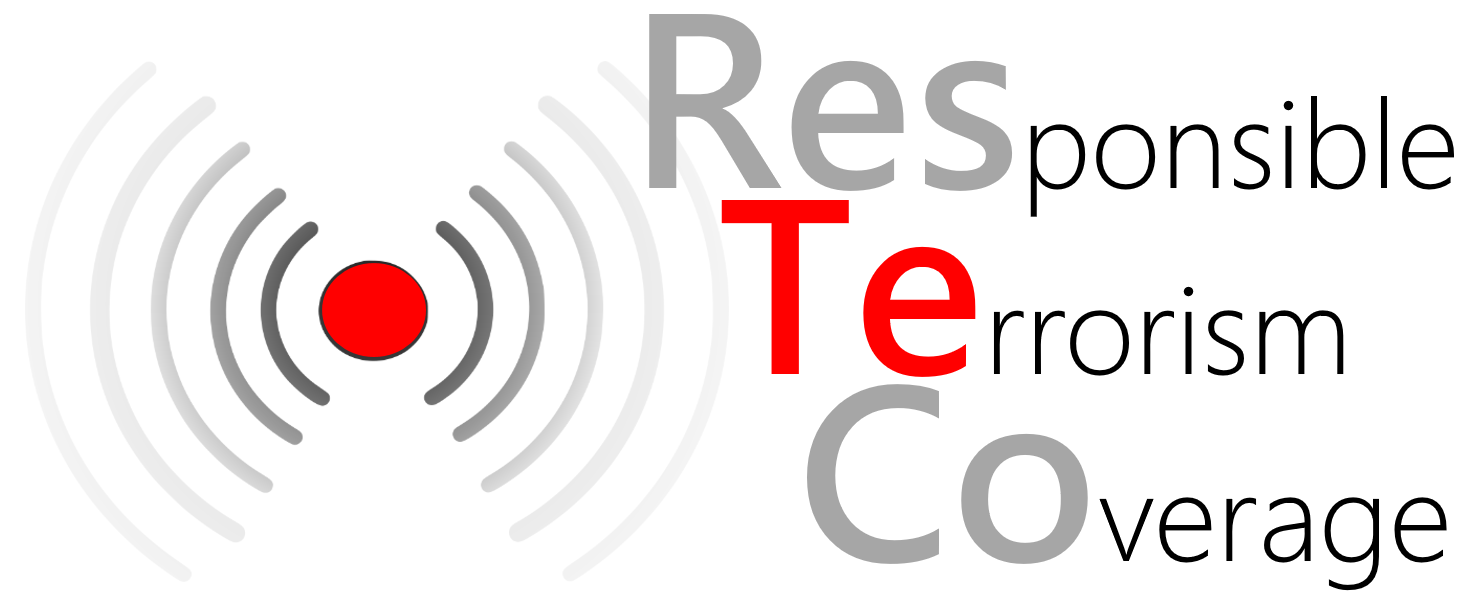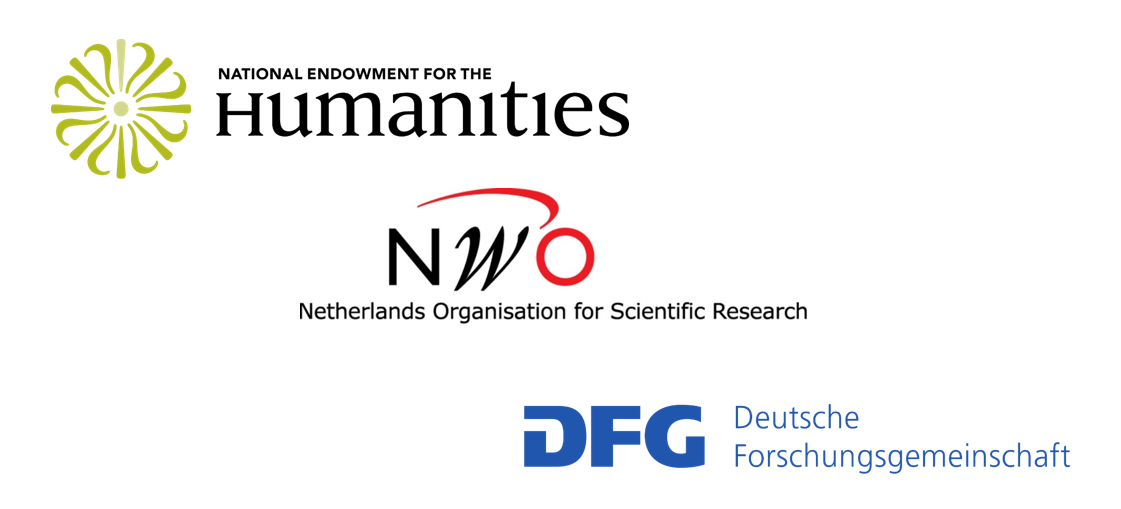
The Problem
Terrorists commit violent attacks to spread messages: they want to be noticed within targeted states, to promote their causes among non-targeted states, and to attract as well as inspire new recruits. Achieving any of these goals requires generating widespread publicity, and because news about terrorist activities is both what citizens need and what terrorists crave, journalists face a challenging dilemma.
Ignoring terrorist attacks would directly undermine the communication goals of terrorist organizations. But such events are undeniably important, and citizens in targeted states need to be informed both about the events themselves and on what their leaders are doing to prevent them from happening again. Only by having broad access to such information can citizens in targeted states gain the understanding needed to support policies for mitigating terrorist threats and to hold their governments accountable for what they have done (or failed to do). So responsible journalists cannot simply ignore terror attacks.
Yet journalists’ usual methods and approaches for reporting dramatic news stories play right into the hands of terrorist groups. When security agencies responding to terror attacks cannot or will not give out hard information about what they know, journalists often default to giving extensive attention to details of the attacks themselves, as well as to the fear reactions and suffering of (potential) victims. This is precisely the kind of news coverage that terrorists want.
The Responsible Terrorism Coverage (ResTeCo) project aims to help journalists cover terrorist events responsibly by
- identifying the kinds of news coverage that terrorists want
- analyzing decades of reporting from around the world to understand what kinds of news coverage terrorists typically get
- recommending best practices for responsible news organizations to follow that will minimize the usefulness of that coverage for terrorist groups and create societal resilience to terrorist attacks
The Project
The ResTeCo project brings together three teams of academic experts at the Free University of Amsterdam (Netherlands), the University of Mannheim (Germany), and the University of Illinois at Urbana-Champaign (USA) to analyze and evaluate media coverage of terrorism comparatively over long spans of time and on a global scale. The project is developing new combinations of semantic network analysis, topic modeling, and machine learning classification tools to inform best practices for news coverage of terrorism coverage by analyzing tens of millions of news reports about terrorist activities.
The ResTeCo project aims to develop new knowledge, theories, tools, and data for empowering a broad range of innovative research on the relationship between news coverage and terrorist activities around the world. New knowledge and theories about terrorism reporting are being generated by the results of ResTeCo computational analysis projects. New tools are being developed by ResTeCo’s methodological experts to support the computational analysis projects, and will be released to the public as part of the project’s ultimate goal: generating an extracted features dataset from tens of millions of news articles drawn from every country in the world and covering the period from 1945 to the present that will be released freely to the academic research community so that other researchers can continue mining its many insights.
This short video provides an overview of what motivates the ResTeCo project and what we aim to achieve.
The Teams
Our project brings together three teams, each contributing distinctive forms of methodological expertise, subject-matter expertise, and news data.

The Illinois team based in the Cline Center for Advanced Social Research at the University of Illinois Urbana-Champaign brings expertise in large scale text-analytics projects, political communication in violent conflicts, and normative analysis of news discourse. Led by Cline Center director Scott Althaus, the Illinois team includes Joseph Bajjalieh, Dan Shalmon, Marc Jungblut (Ludwig Maximilian University of Munich), Pradnyesh Joshi, Yumeng Bu (formerly Cline Center, now at Synchrony), and Subhankar Ghosh (formerly Cline Center, currently NVIDIA). The Cline Center team is analyzing seven decades of terrorism news coverage from the New York Times as well as global news coverage of terrorism from recent years.

The Mannheim University team of Hartmut Wessler (faculty lead) and Chung-hong Chan (postdoctoral researcher) has expertise on normative analysis of terrorism coverage and extensive experience in comparative analysis of news discourse across multiple countries and languages. The Mannheim team is analyzing news coverage of terrorism, refugees, and immigrants from six countries spanning the 2015-16 period.

The Free University of Amsterdam team of Wouter van Atteveldt (faculty lead) and Kasper Welbers (assistant professor) specializes in computational linguistics and text analytics methods for semantic network analysis in multiple languages. The Amsterdam team is working with an extensive array of news data including the Guardian newspaper from the United Kingdom and several Dutch newspapers.
The Funders
The Responsible Terrorism Coverage project is funded by the Trans-Atlantic Platform’s 2016 Digging into Data Challenge, with support from the US National Endowment for the Humanities (HJ-253500-17), the Netherlands Organisation for Scientific Research (463-17-004), and the German Research Foundation (WE 2888/7-1). The views, findings, conclusions, or recommendations expressed in the ResTeCo project do not necessarily represent those of the National Endowment for the Humanities, the Netherlands Organisation for Scientific Research, or the German Research Foundation.
